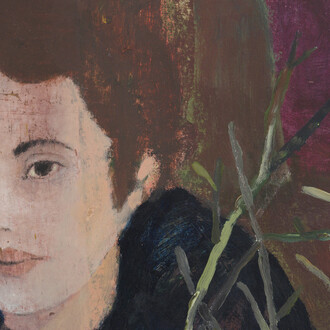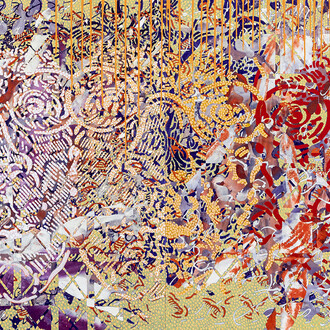Located on the high seas off the coast of Eastern Africa, the island of Madagascar, whose shores are lapped by the Indian Ocean, is a miniature continent. It occupies an exceptional position, which accounts for a natural, linguistic and cultural diversity that is unique in the world. Well before the arrival of Europeans in 1500, this fragment of the Earth was an extraordinary melting-pot fed by travel and migration from Africa, Persia, Arabia, India and Southern Asia.
This exhibition has chosen to reveal this mixing of peoples - vital to our understanding of the culture of Madagascar - through the island’s artworks, each of which is placed in its own context and era. It is a little known body of art, permeating the daily lives of its inhabitants, through architecture, furniture and personal possessions (cases, headdresses or jewellery) with an elegant simplicity.
But one that is increasingly refined in the realm of the sacred and the dead, as is shown by certain items used in ritual funeral ceremonies, with a subtle aesthetic, whether woven in silk (textiles) or crafted from wood (posts, sculptures) or composite materials (amulets).
















